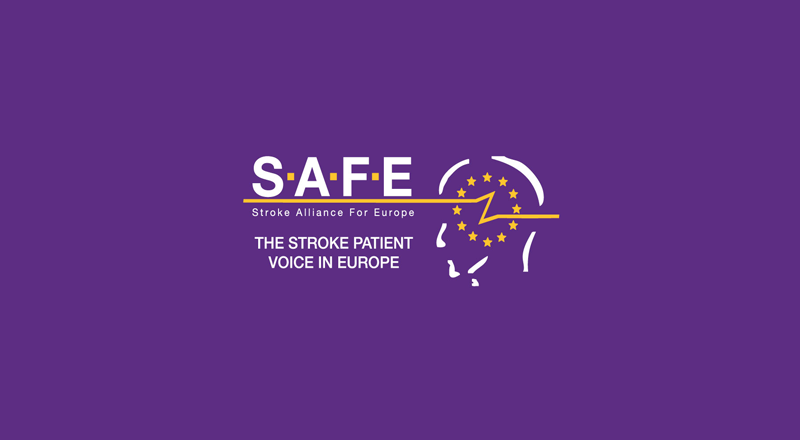After a stroke, many people are unable to successfully perform basic hand movements in everyday life. The reason are symptoms of hemiparesis resulting from damage to the brain. These very frequently affect fine motor skills. A team from the Technical University of Munich (TUM) is now paving the way to better diagnosis and more targeted therapy.
The fact that patients experience restricted mobility when attempting to grasp, hold and use simple everyday objects and tools after a stroke is assessed by classical tests of their manual dexterity. Very often, it is the Jebsen Taylor Hand Function Test which is performed, where a sentence must be written on a piece of paper. “However, the Jebsen and other tests do not reveal which individual factors lead to stroke patients having difficulty in dealing with grasping and handling simple things, such as a leaf,” says Professor Joachim Hermsdoerfer from the Chair of Human Movement Science at the TUM Department of Sport and Health Sciences. “This is why we developed tests ourselves in order to derive more targeted therapeutic approaches based on the influencing factors identified.” Joachim Hermsdörfer and lead author Kathrin Allgoewer have just published their results in the journal Clinical Neurophysiology.
What are the factors that trigger fine motor deficits?
The TUM scientists tested the lifting of objects of different weight classes and different surfaces, anticipatory and responsive grip control, visual motor skills, and a number of other skills. A group of 22 patients aged 32 to 78 with (mild to moderate) hemiparesis on one side of their body after a stroke , participated in this study. They were joined by an equally large control group of healthy volunteers.
Of the parameters where the two groups could be distinguished, three factors were identified that were decisive for classifying deficits in fine motor skills: control of the grip force, motor coordination, and the speed of movement. Using statistical methods, the team then proved that these three factors predict 69 percent of the everyday deficits of the more comprehensive Jebsen test.
Results enable more targeted therapy following a stroke
“Thanks to our results, patients can now be treated more specifically after a stroke in the areas where their weaknesses are evident,” says Professor Hermsdoerfer. Custom-developed devices were used for the tests, including the “Gripforce Box,” with which the grip force of the hand is examined. In future, this could be further developed for therapists so that they can be used for the purpose of diagnosing the status quo of individual deficits following a stroke. “We are still working on this,” the movement scientist explains. “Along with two short classical tests, the future goal is to be able to make a precise diagnosis regarding the background of fine motor deficits in stroke patients in everyday life with the GF Box.”
Story Source: Technical University of Munich (TUM). “Determining motor deficits more precisely following a stroke: Better diagnosis and treatment after a stroke with modified test method.” ScienceDaily. ScienceDaily, 6 September 2017. <www.sciencedaily.com/releases/2017/09/170906103800.htm>.





